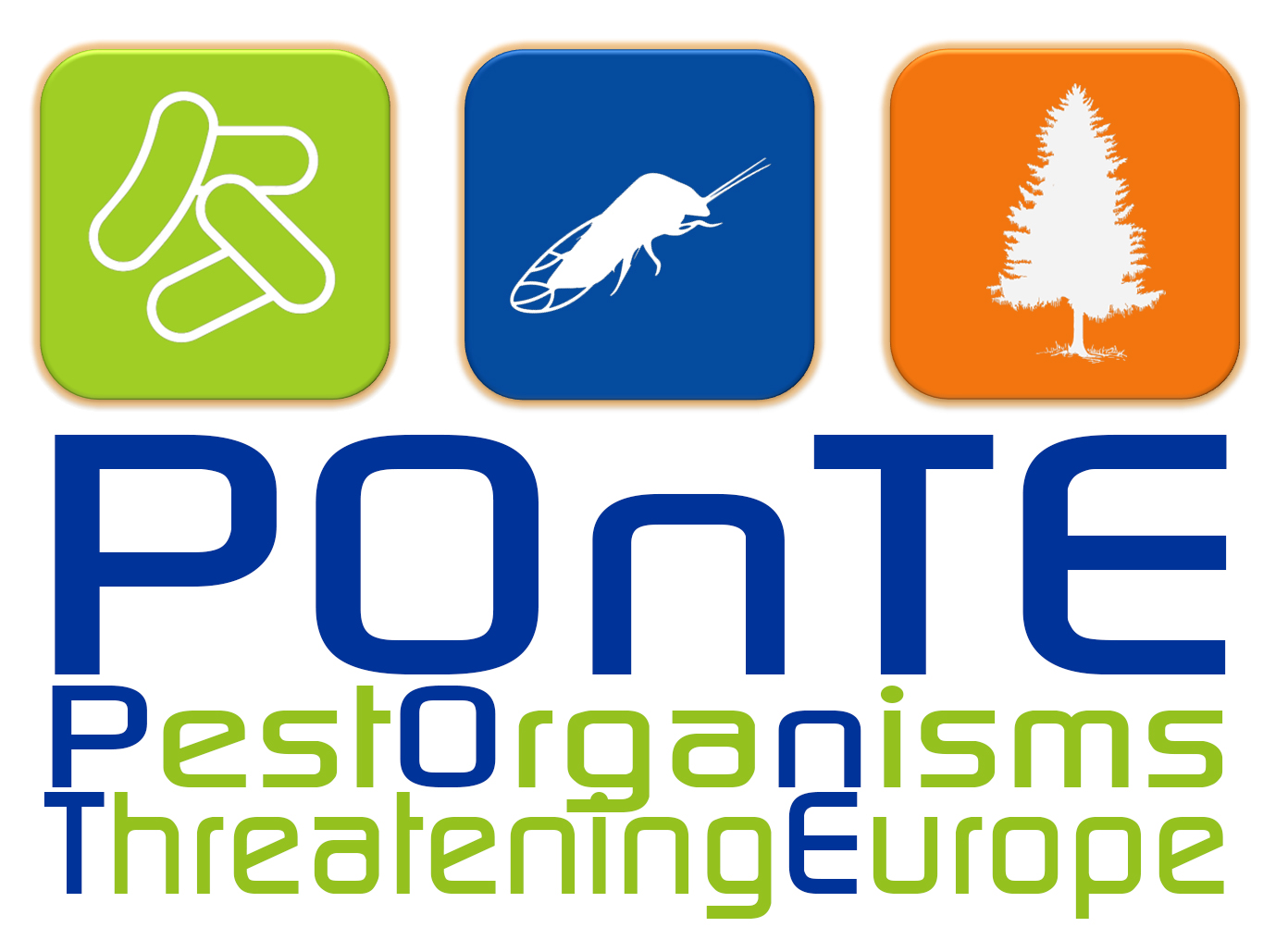A Simple Key to the Potential Vectors of CaLsol
‘A Simple Key to the Potential Vectors of CaLsol’, by Mairi Carnegie (SASA), Alex Greenslade (Rothamsted Research) & David Ouvrard (Natural History Museum London) was designed for use during a Psyllid identification workshop held at Science and Advice for Scottish Agriculture (SASA), Edinburgh in March 2017. This is a simple, pictorial key to adult Psylloidae […]
